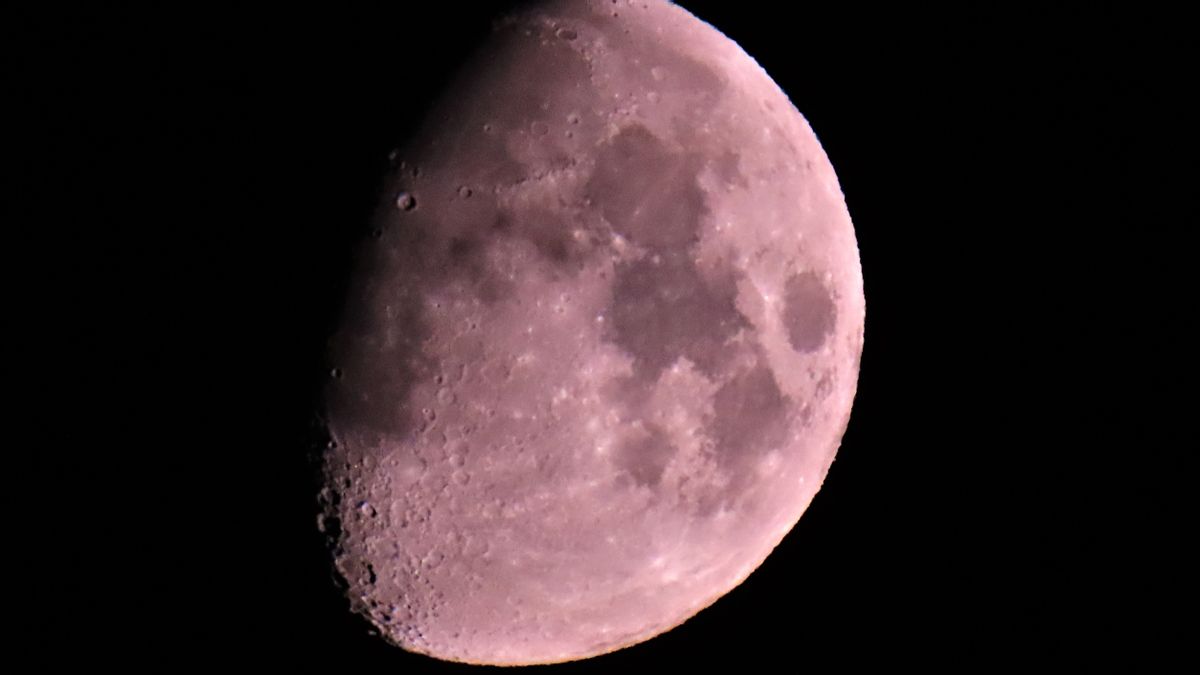YOGYAKARTA - How long has it taken to travel from Earth to the Moon? Before that, know the distance from Earth to the moon and the speed of the expedition there.
At its closest distance (perigee), the Moon is 363.104 kilometers (225.623 miles) from Earth, and the farthest distance (apogee) it gets is 405.696 kilometers (252.088 miles) so that its average distance is 384.400 kilometers (238.855 miles).
On average, if you can drive in a straight line at 100 mph (160 kph), it will take you approximately 99 days, or if you can travel at 3.7 mph (6 kph) you will need 2,669 days or approximately 7.3 years.
How far is it in light seconds?
Light travels at 300,000 km per second, so it takes approximately 1.3 seconds for light to travel from Earth back to the Moon. In other words, the Moon is 1.3 light seconds from Earth.
Travel Time from Earth to Moon
On average it will take 3 days, but it depends on how fast you are traveling and the exact route you take.
1. 8 hours 35 minutes
The record for the shortest expedition to the Moon at this time is held by the New Horizons spacecraft with a time of 8 hours 35 minutes.
2. 1 day 10 hours
The first spacecraft to try to reach the Moon was the Soviet Union's Luna 1 in 1959. Its speed was not slow enough to complete its mission, but reached around the Moon in 34 hours (1 day 10 hours).
3. 13.5 months
SMART 1, the European Space Agency's spacecraft powered by an ion engine, was launched in 2003. It is very fuel efficient but takes 13.5 months to complete its journey.
另请阅读:
How Long Does the Moon Take to Orbit the Earth?
The cycle of the moon's phases takes 29.5 days to complete and is directly linked to the moon's orbit around the earth. However, this is not how long it takes to complete one orbit.
In contrast, the moon takes 27.3 days to orbit the earth once. This comparison comes from your method of measuring the movement of matter in space. Since there are no perfectly fixed points in space to measure, you are forced to use objects that are assumed to be stationary within normal levels of uncertainty.
Very distant stars and galaxies, although technically moving, do not appear to move in the sky on human timescales. Therefore they can be considered fixed. If you measure how the moon orbits compared to these distant stars, you get 27.3 days, the true orbital period of the Moon.
However, the phases of the moon depend on the position of the moon, Earth, and the Sun. As long as the Moon orbits the Earth, the Earth has moved in its orbit around the Sun. As a result, it takes the Moon several extra days to catch up and return to the same point in space relative to the Sun. Hence the cycle of the moon's phases of 29.5 days.
So after knowing the travel time from Earth to the Moon, check out other interesting news on VOI, it's time to revolutionize reporting!
The English, Chinese, Japanese, Arabic, and French versions are automatically generated by the AI. So there may still be inaccuracies in translating, please always see Indonesian as our main language. (system supported by DigitalSiber.id)















